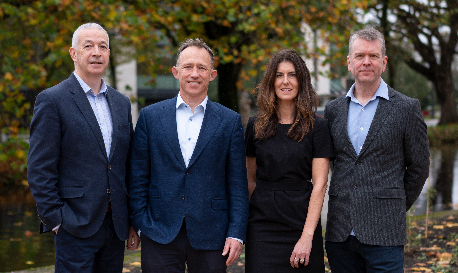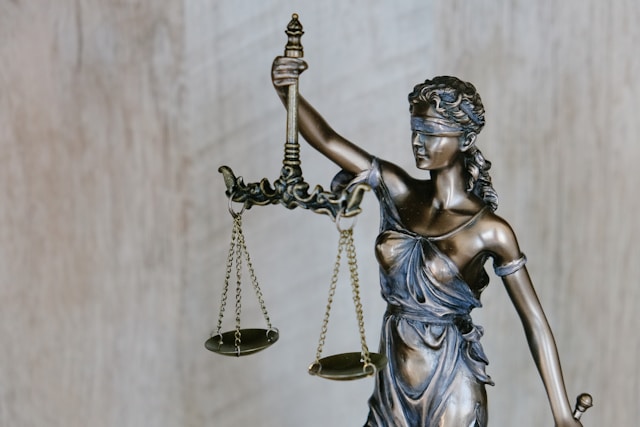Converging on AI, Diverging on Disclosure: Lessons from the Courts and HMRC
Compare a judge's transparency in using AI with HMRC's secret ChatGPT controversy in R&D tax claims. A vital look at governance and data security in legal.
ArticlesTwo stories this month have brought the use of AI in the legal and regulatory sphere into sharp focus. In an earlier piece, we explored how a Tribunal Judge openly disclosed the use of AI in reaching his decision, and clearly set out how and why he did so. In this article, we look at recent controversy surrounding HMRC and the alleged engagement of unuathorised AI tools. The latest debate follows its legal defeat in August when a tax tribunal ordered the authority to disclose whether it had used AI in R&D tax credit judgments.
While HMRC insists its compliance team never officially used generative AI, reports suggest that individual caseworkers did use some tools, such as OpenAI’s ChatGPT, when handling R&D claims and based off of this, some staff were allegedly disciplined in 2023. The Financial Times has reported that this raises the possibility of businesses being penalised based on AI-driven assessments - without disclosure, transparency, or oversight.
Without being overly simplistic, it is worth examining the juxtaposition of these two stories through a similar lens:
AI in Litigation: The Judicial Example
In litigation, transparency is a cornerstone of due process. The judge’s disclosure of AI use is significant because it shows how technology can be introduced within established rules:
- A secure tool (Copilot), developed for judicial use.
- Guidance and practice directions in place and adhered to.
- Clear disclosure of when and how AI has been engaged.
This offers a model for how AI might support judicial efficiency while maintaining public trust in legal outcomes.
AI in Public Administration: The HMRC Example
By contrast, HMRC’s situation illustrates what can happen in the absence of such frameworks. Reports suggest some individual staff experimented with public AI tools like ChatGPT to manage R&D tax claims, prompting concerns over:
- Confidentiality, where sensitive taxpayer data might have been entered into public systems.
- Fairness, if AI-generated content influenced decisions that affect financial penalties.
- Governance, where unofficial use led to disciplinary action and the need for new training.
HMRC has been clear that this was not policy and has since moved to clarify expectations and provide guidance. But the episode underscores the risks when technology adoption outpaces rules.
Legal Tech Implications
For practitioners in litigation and legal tech, these developments resonate strongly:
- Transparency as Standard: In courtrooms, disclosure of AI use may become an expectation. In regulatory processes, the same principle should apply to protect fairness.
- Trust in Decision-Making: Whether in tax disputes or commercial litigation, the integrity of decisions depends on knowing what role AI has played.
- Confidentiality & Data Security: Public AI tools raise risks that clash with core legal duties of confidentiality; a challenge not just for HMRC, but for law firms and in-house teams too.
- Closing the Education Gap: These stories highlight the “shadow use” of AI across sectors. Clearer training, governance, and guidance are needed to ensure AI is used responsibly, whether in drafting submissions, analysing discovery, or supporting compliance.
Looking Ahead
What unites these stories is not a critique of AI as a tool, but a reminder that technology, litigation, and legal practice are converging faster than governance frameworks are keeping pace.
For judges, tribunals, regulators, and lawyers alike, the challenge is the same - how to harness AI’s efficiency without undermining the principles of transparency, fairness, and confidentiality that lie at the heart of the legal system.
AI is here to stay in both litigation and legal tech. The question now is not whether it should be used, but rather how openly, securely, and accountably it can be deployed.
See TrialView in action
As one of the leading litigation platforms, TrialView is the perfect addition to your tech stack. Book a free demo to get started.
Book a demo.svg)
.jpg)


